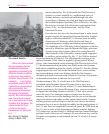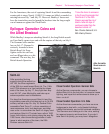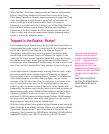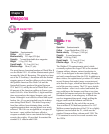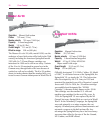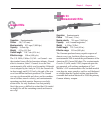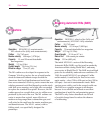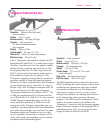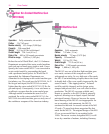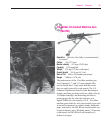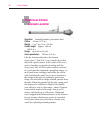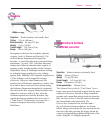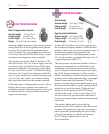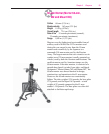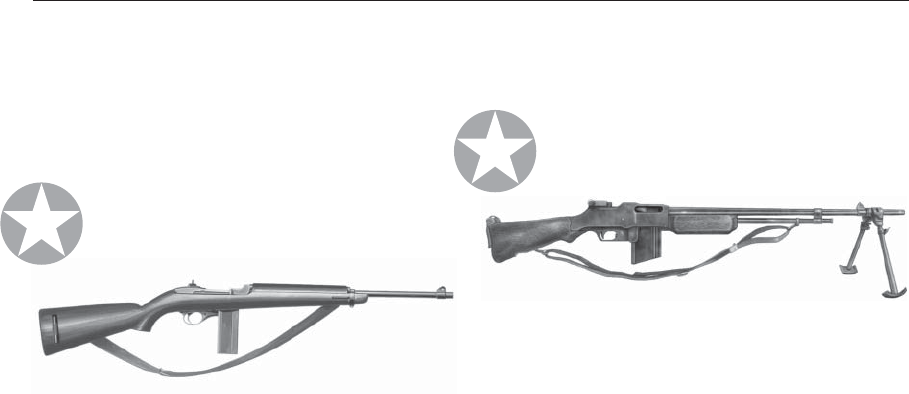
92
Close Combat
M1 Carbine
Browning Automatic Rifle (BAR)
Operation
M1 & M1A1: semiautomatic;
M2: selective fire (fully and semiautomatic)
Caliber
.30 (7.62 mm)
Muzzle velocity
600 mps (1,970 fps)
Capacity
15- and 30-round detachable
box magazines
Weight
2.3 kg (5 lbs)
Overall length
90.4 cm (35.6 in.)
Effective range
75 m (83 yds)
The M1 carbine was developed in response to the
Germans’ blitzkrieg tactics; the use of rapid mecha-
nized divisions and airborne troops showed the
Americans that fixed fortifications and static front
lines were outmoded. Blitzkrieg tactics meant that rear
echelon personnel could find themselves under attack
with little or no warning, and a light rifle was needed
to replace the standard issue pistol. However, the M1
carbine proved so versatile that over six million were
produced by the end of the war. The M1 carbine was
easier to master than a pistol, more effective at
medium-to-long range than a submachine gun, and
well suited as the small arm for mortar, machine gun,
and bazooka teams. The M1A1 variant, with its
folding stock, was specifically designed for
paratroops.
Operation
M1918A1: selective fire (fully and
semiautomatic); M1918A2: fully automatic
Caliber
.30 (7.62 mm)
Muzzle velocity
853.4 mps (2,800 fps)
Capacity
20-round detachable box magazine
Weight
8.33 kg (18.5 lbs)
Overall length
119.4 cm (47 in.)
Rate of fire
550 rounds per minute
Range
550 m (600 yds)
The initial M1918A1 version of the Browning
Automatic Rifle (BAR) was first used in combat by
American soldiers during World War I, and many
saw service in World War II. The BAR received high
praise for its reliability under adverse conditions. In
1940, the model M1918A2 was adopted. Unlike
earlier models, it could only be fired in two auto-
matic modes—slow (300 to 450 rpm) or fast (500 to
650 rpm)—but not in semiautomatic mode. Both
versions were widely used in the second world war.
The BAR was a popular weapon in all theaters
because it was reliable and offered an excellent
combination of rapid fire and penetrating power.
The BAR’s only serious drawback was its lack
of a quick-change barrel to reduce the chances
of overheating.



